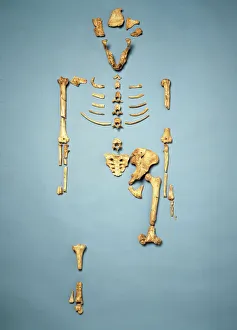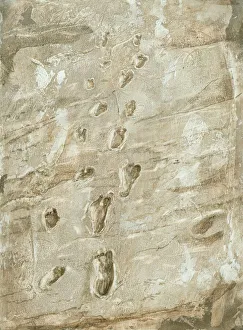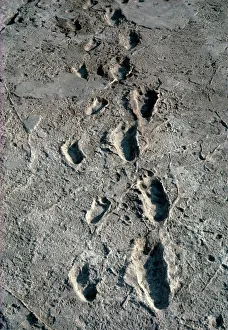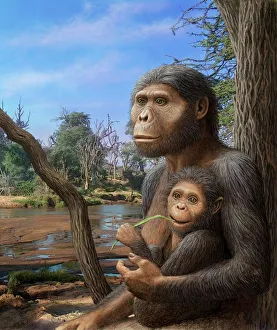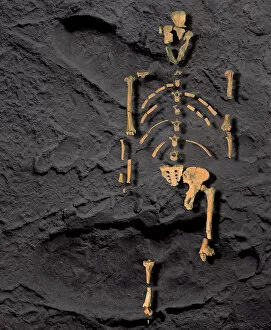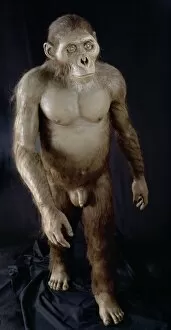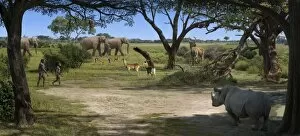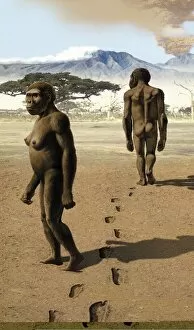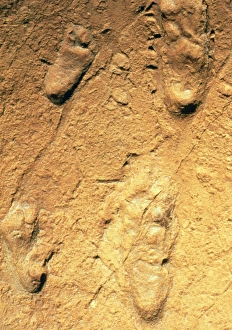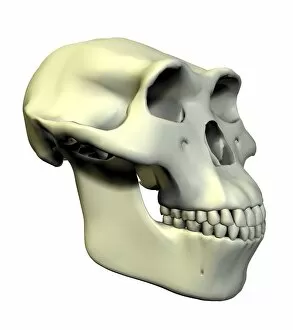Australopithecus Afarensis Collection
"A Glimpse into Our Ancient Ancestors: Australopithecus afarensis" Meet Australopithecus afarensis (AL 288-1), affectionately known as Lucy
All Professionally Made to Order for Quick Shipping
"A Glimpse into Our Ancient Ancestors: Australopithecus afarensis" Meet Australopithecus afarensis (AL 288-1), affectionately known as Lucy, a remarkable fossil discovery that revolutionized our understanding of human evolution. This species, which lived approximately 9 to 9 million years ago, offers valuable insights into our early ancestors. One of the most fascinating pieces of evidence left behind by the Trail of Laetoli footprints in Tanzania. These perfectly preserved tracks provide a glimpse into their bipedal locomotion and shed light on their social behavior. The Laetoli fossil footprints are not the only clues we have about this ancient hominin species. Detailed artwork and reconstructions help us visualize what they might have looked like and how they interacted with their environment. Lucy's skeleton, along with her footprints, has been meticulously studied to understand her anatomy and movement patterns better. The model of Lucy showcases her small stature but also highlights her unique adaptations for walking upright. Australopithecus afarensis played a crucial role in human evolution as it represents an intermediate stage between apes and humans. Illustrations depicting the progression from Australopithecus afarensis to later hominins demonstrate how our lineage evolved over time. Artwork capturing scenes from their daily lives allows us to imagine them gathering food or seeking shelter in prehistoric landscapes. These depictions remind us that we share a common ancestry with these ancient beings who paved the way for humanity's development. As we continue unraveling the mysteries surrounding Australopithecus afarensis, we gain deeper insights into our own origins and appreciate the incredible journey that led to modern humans today.

